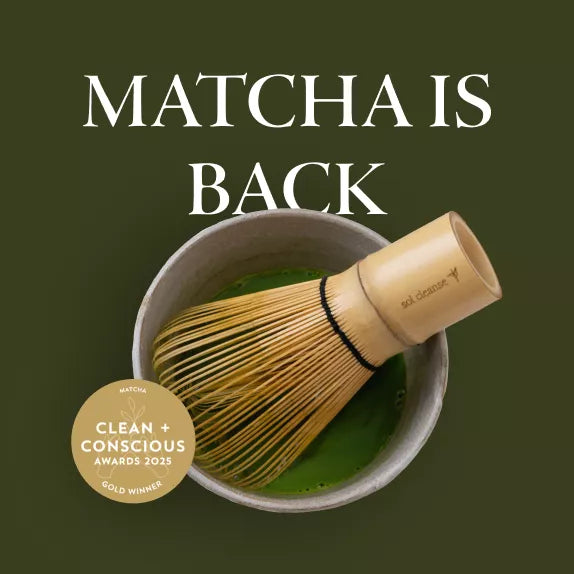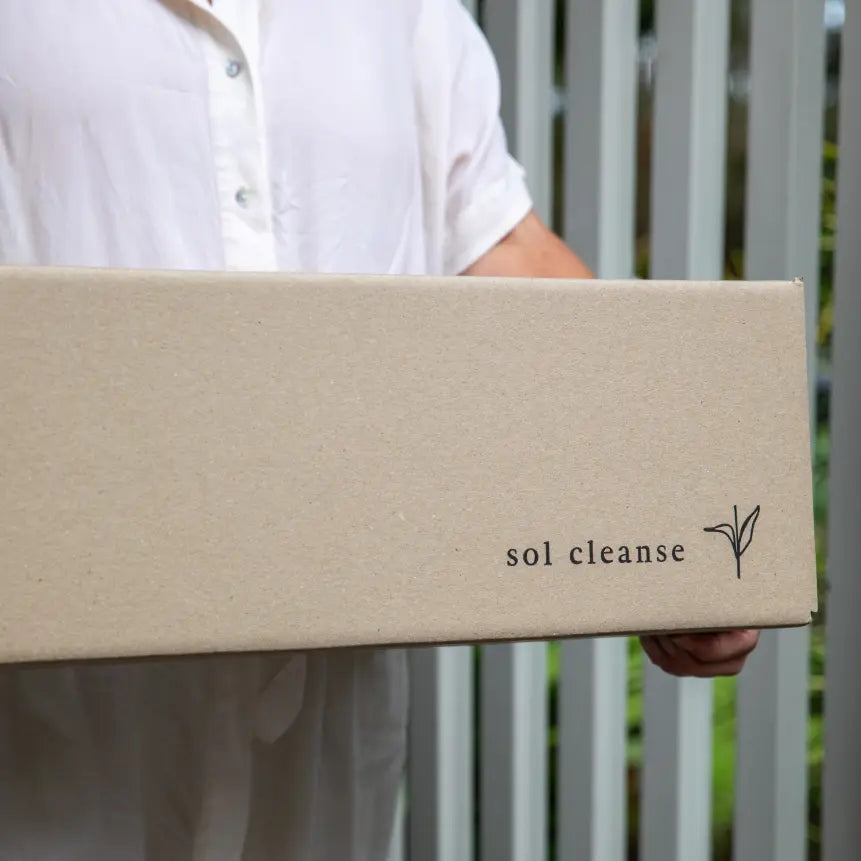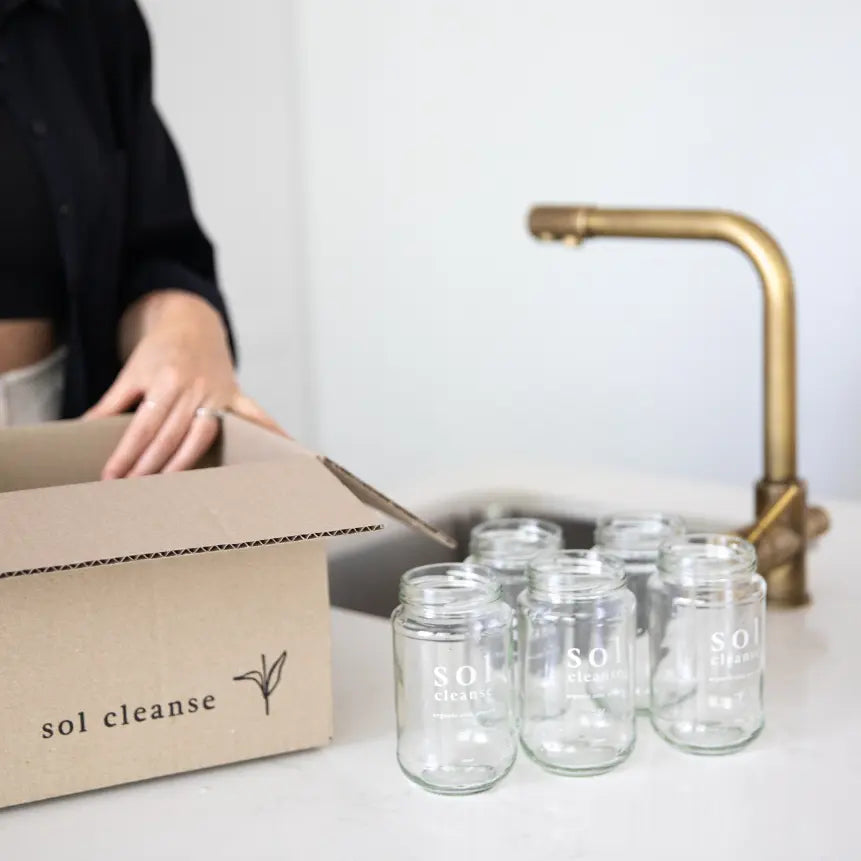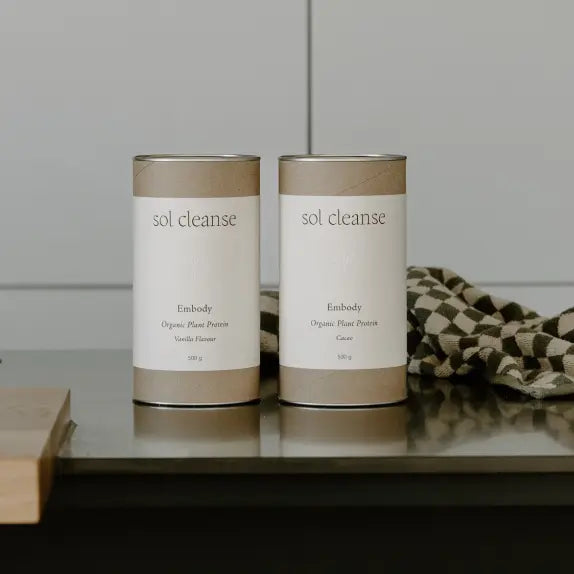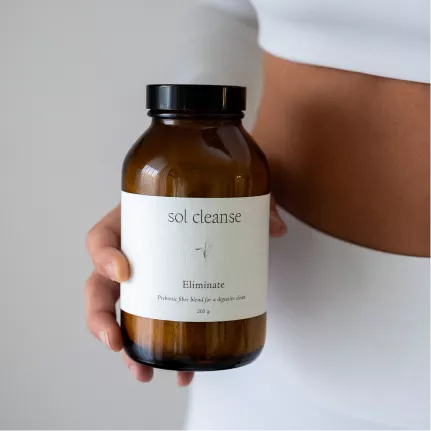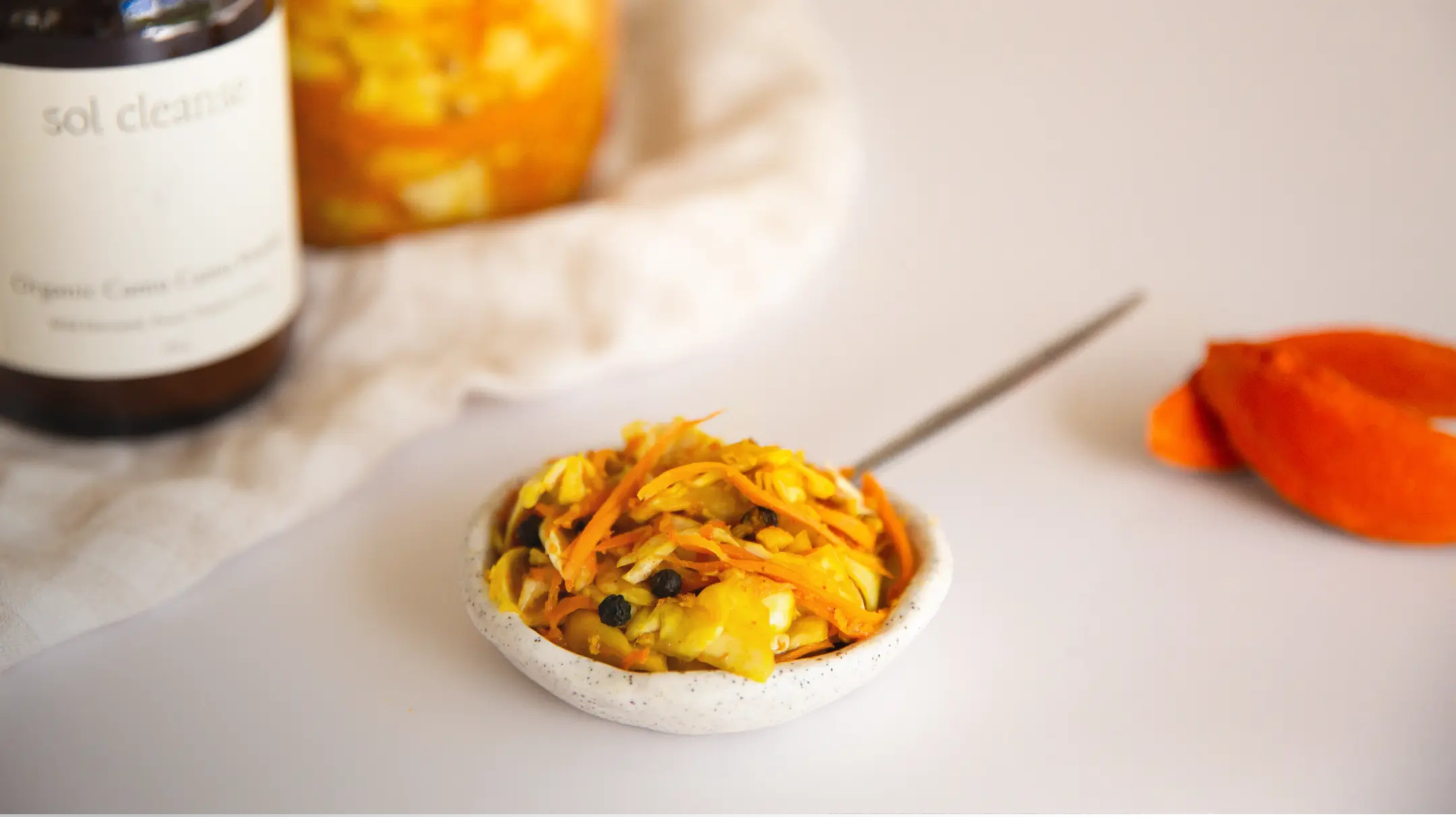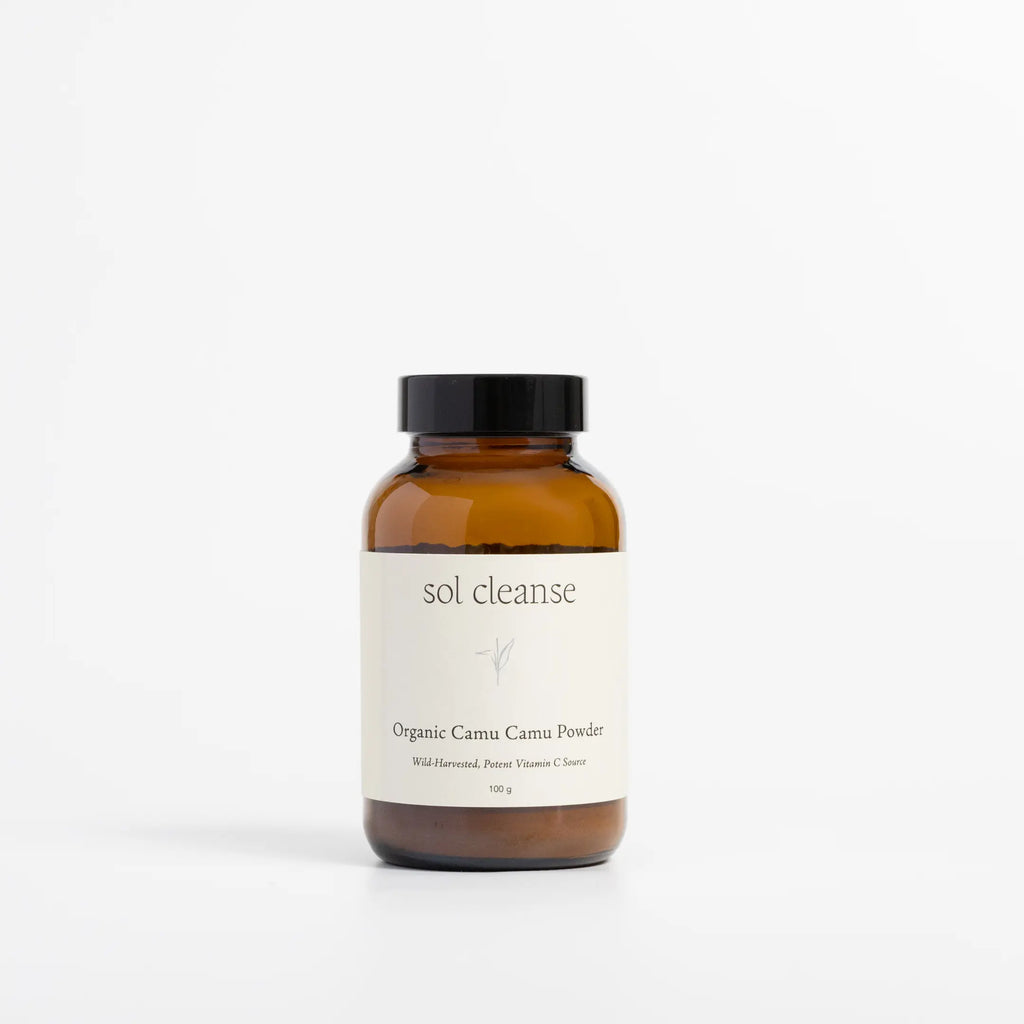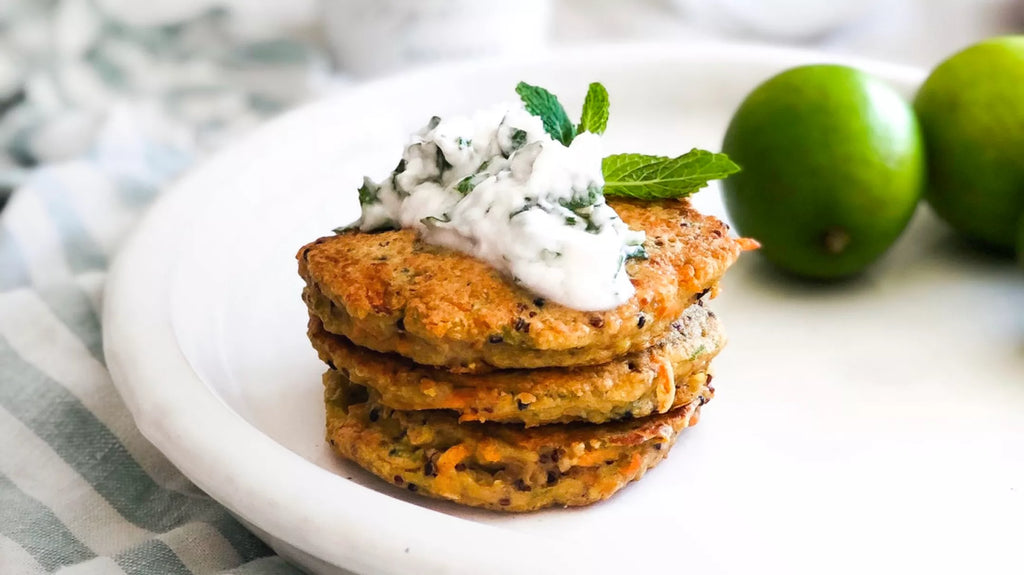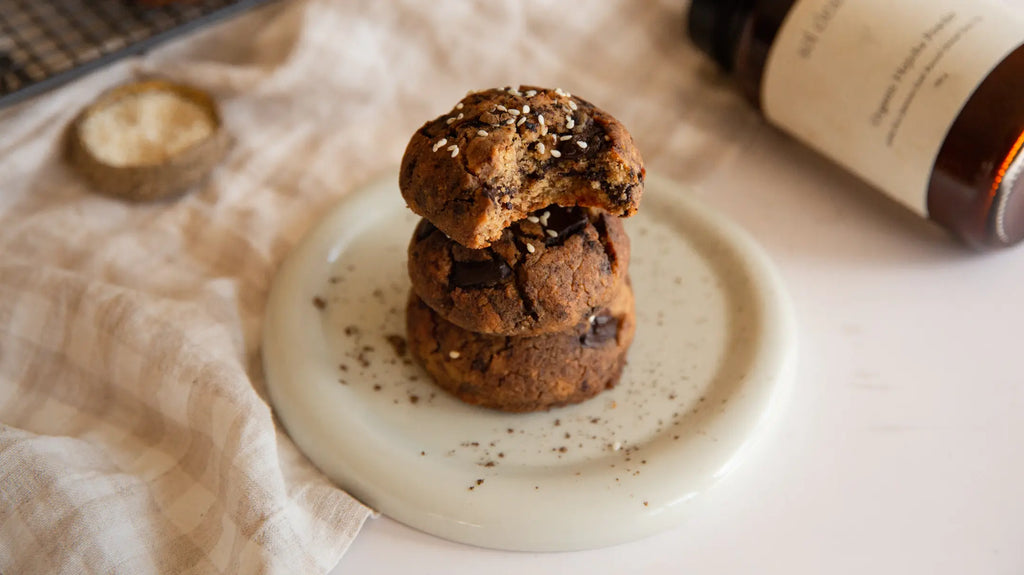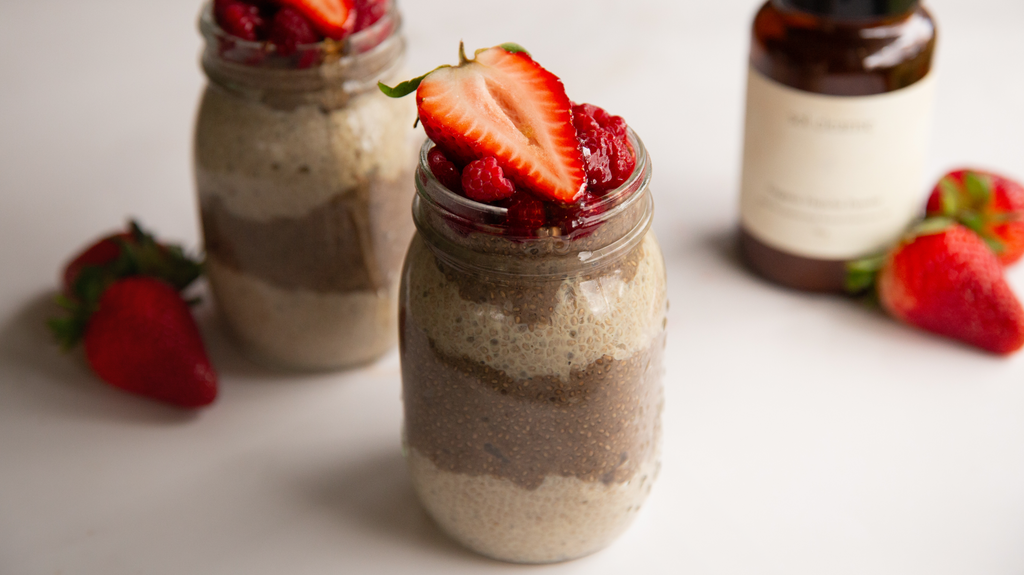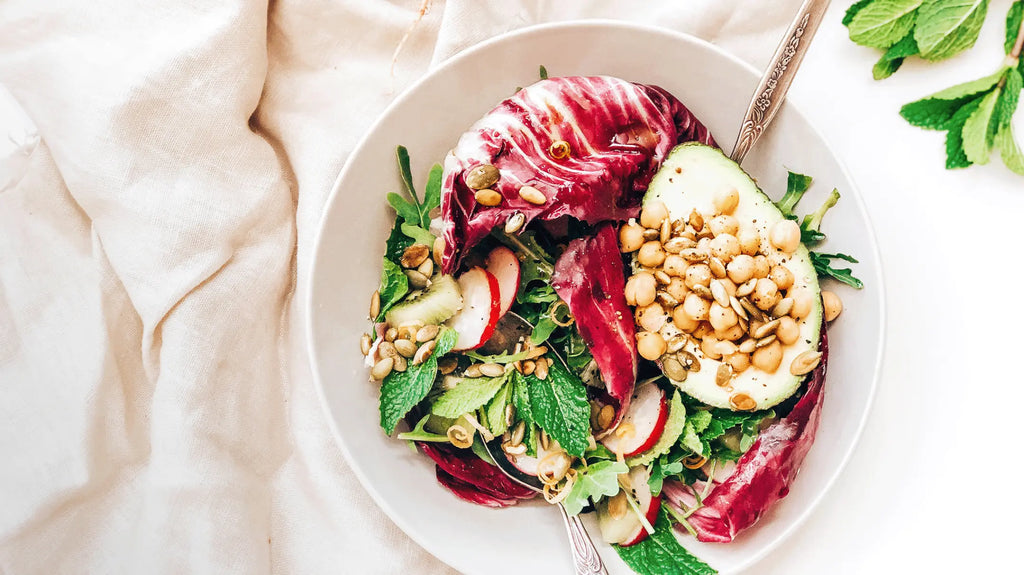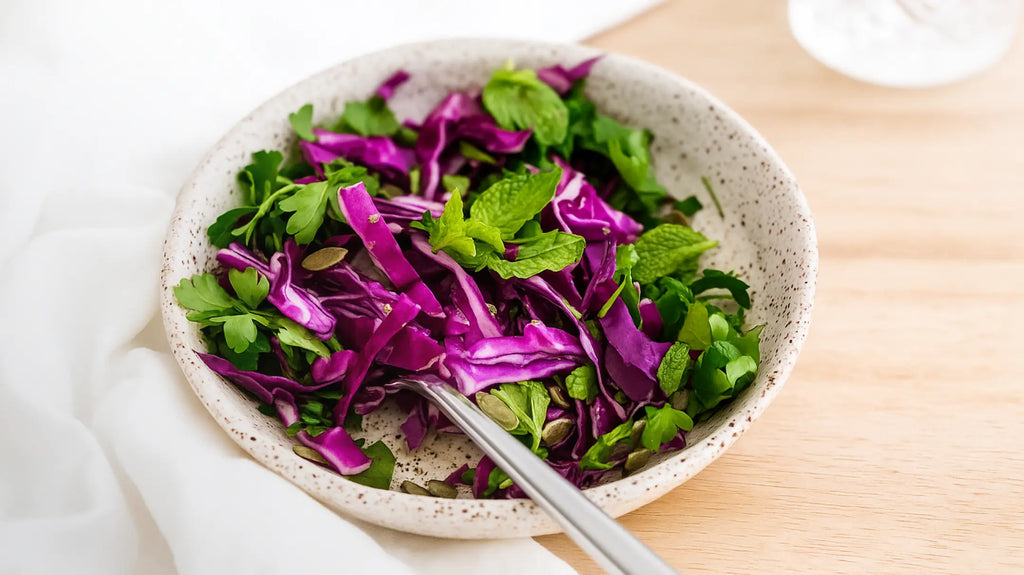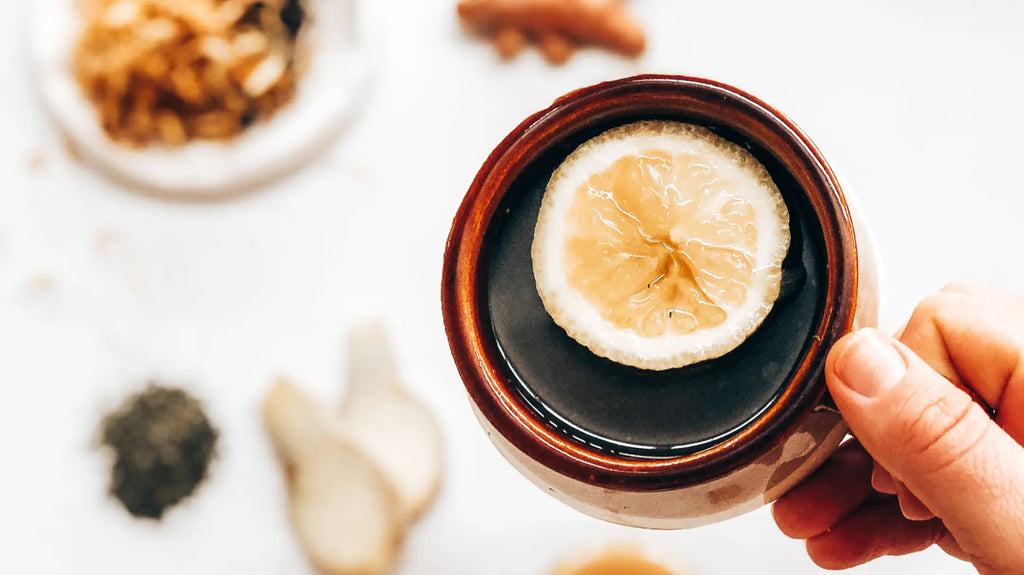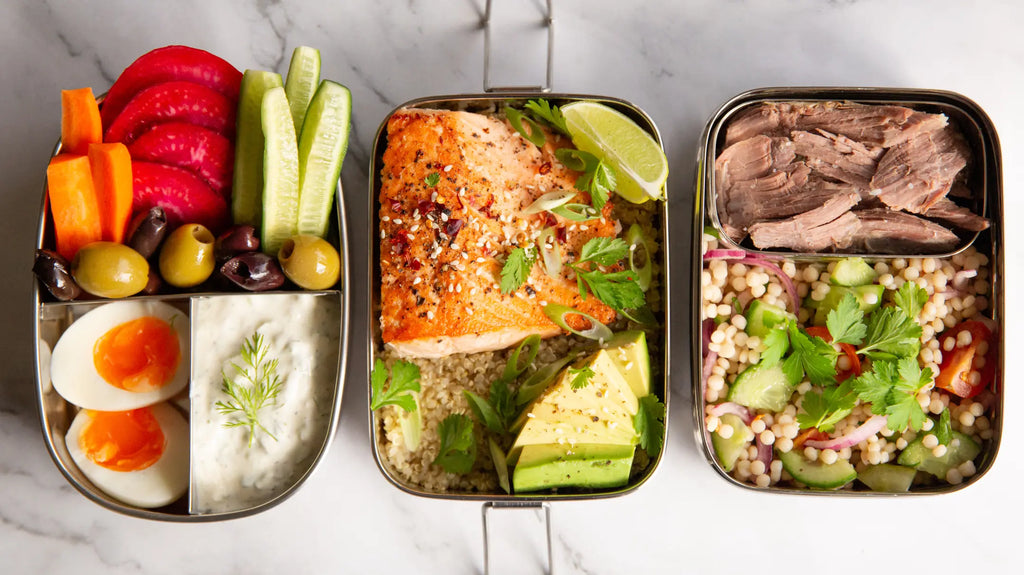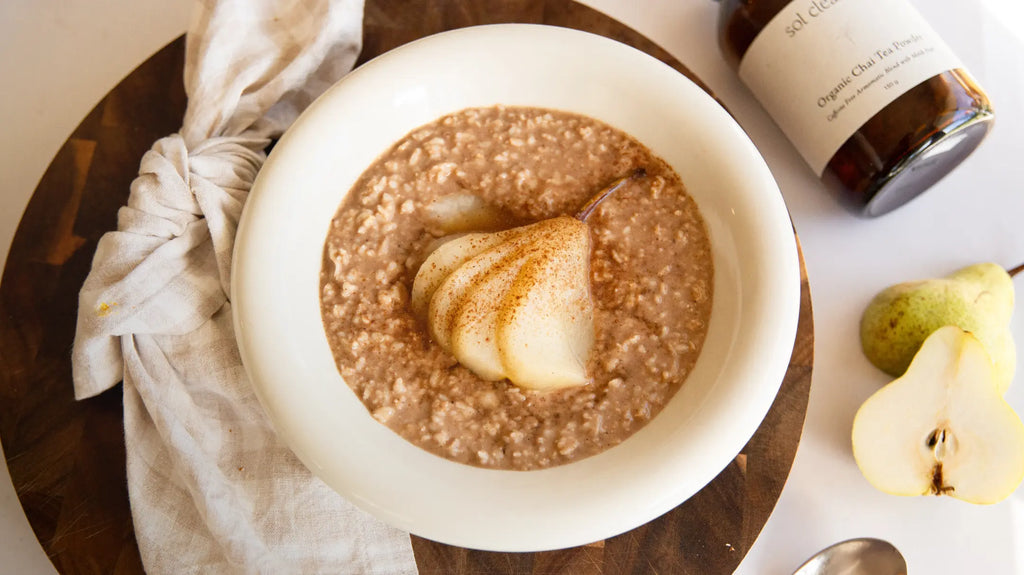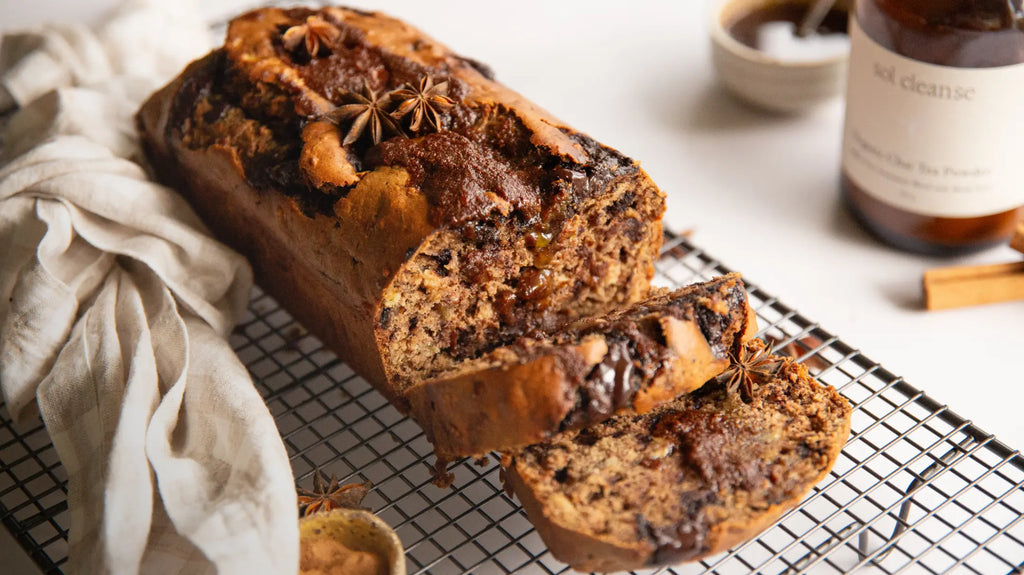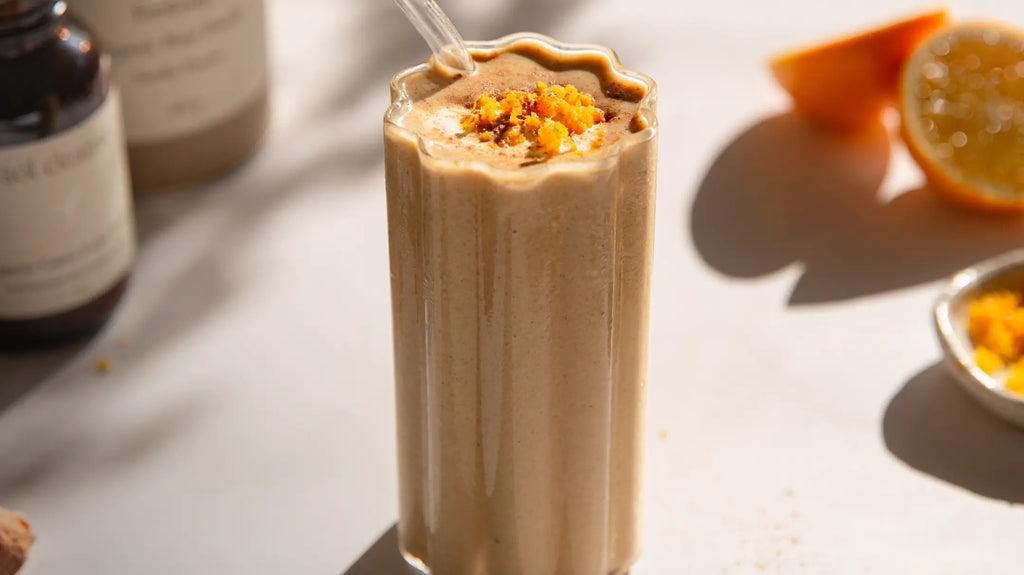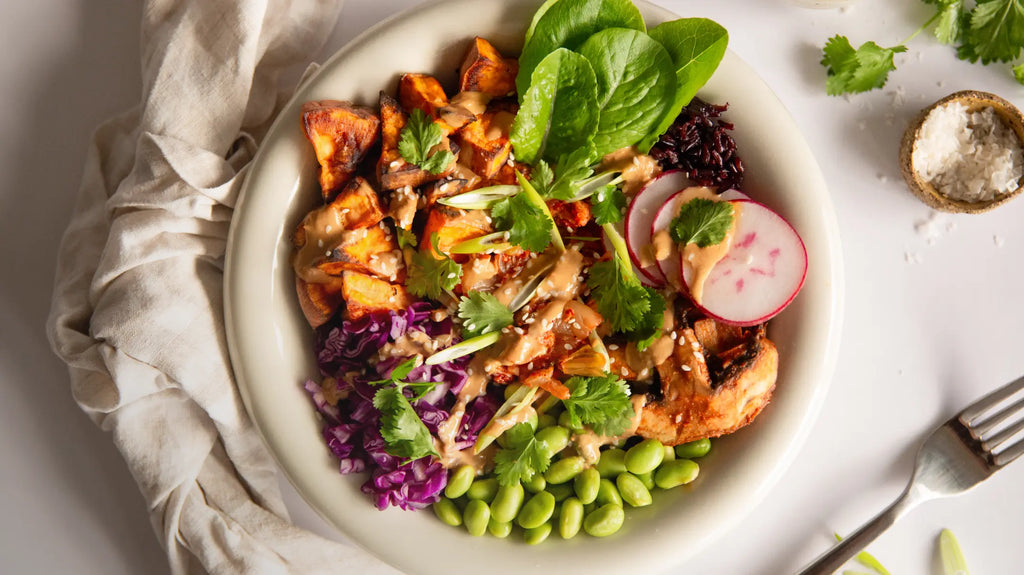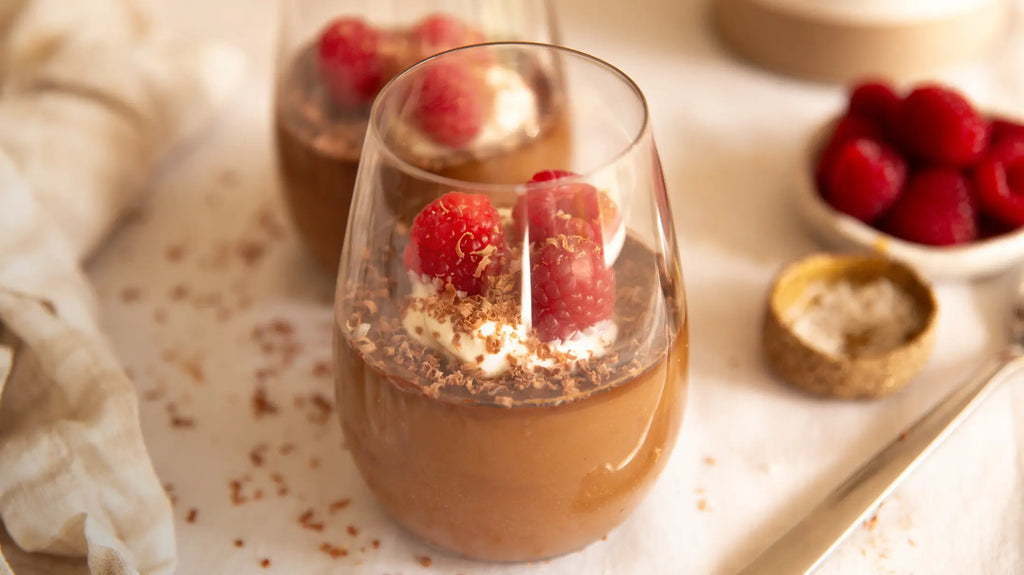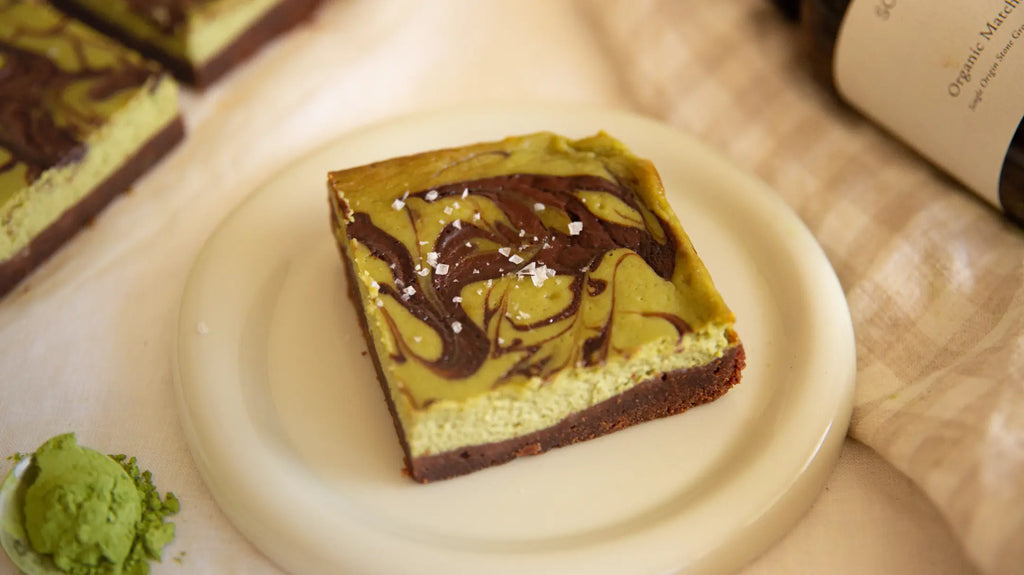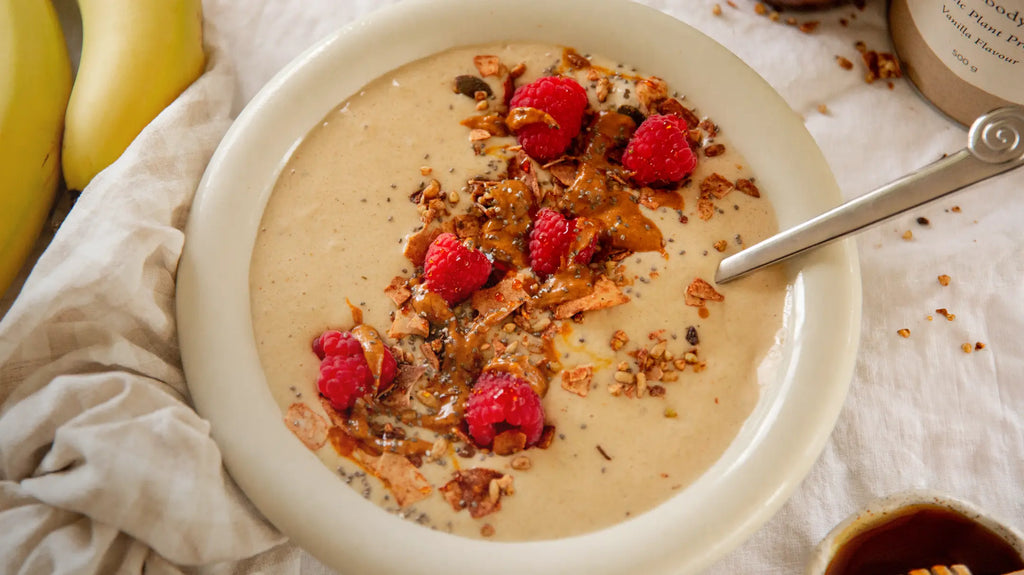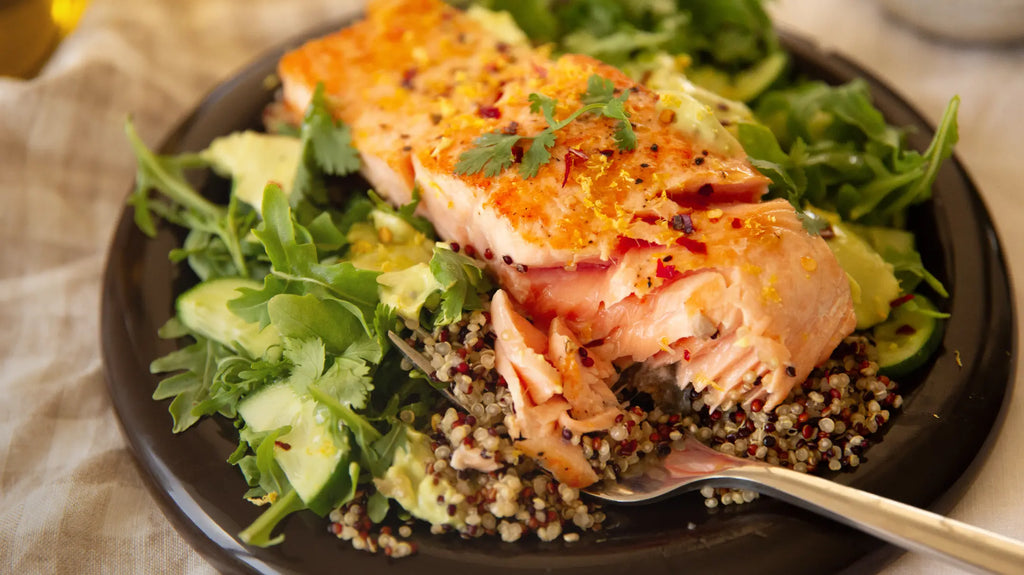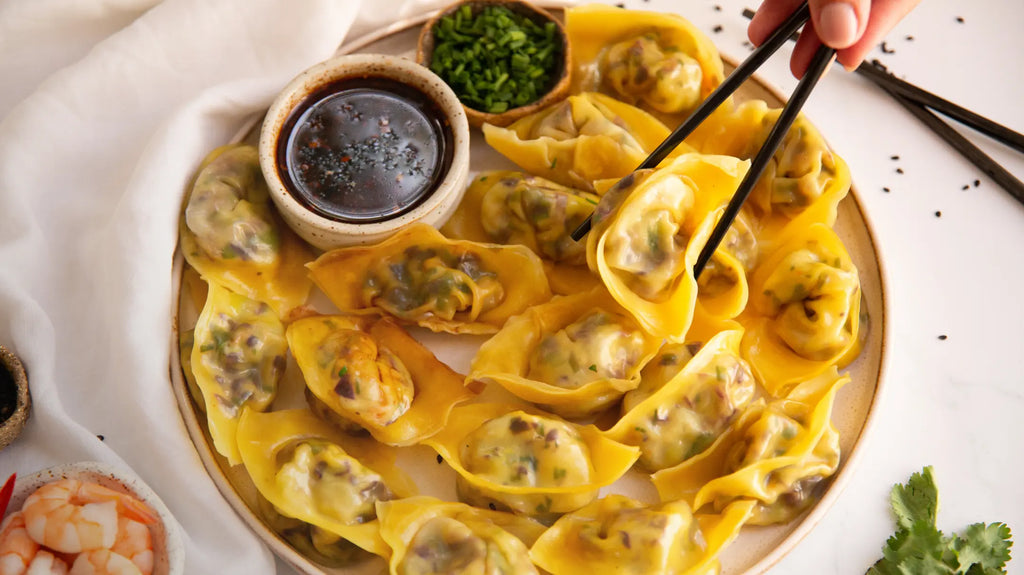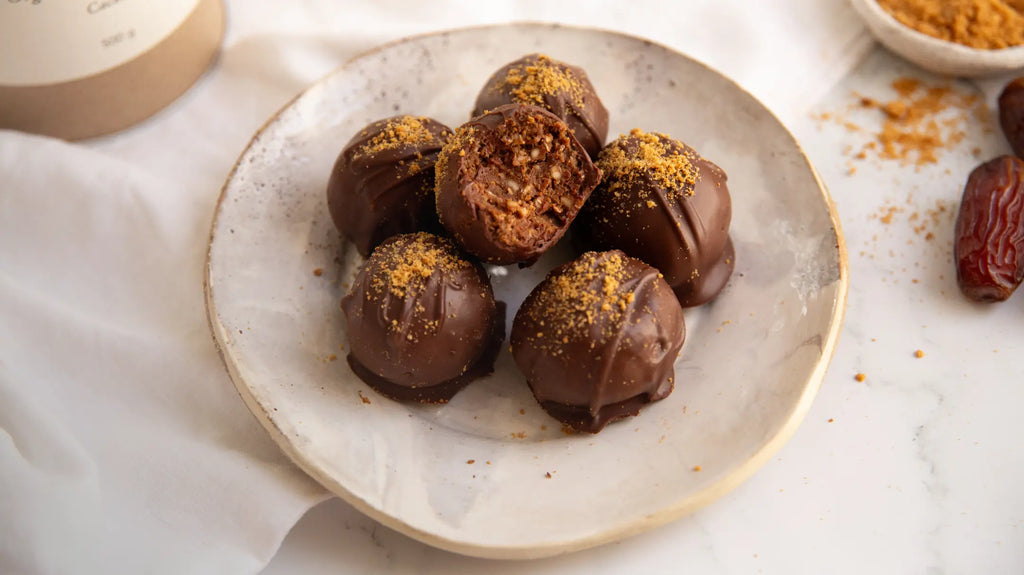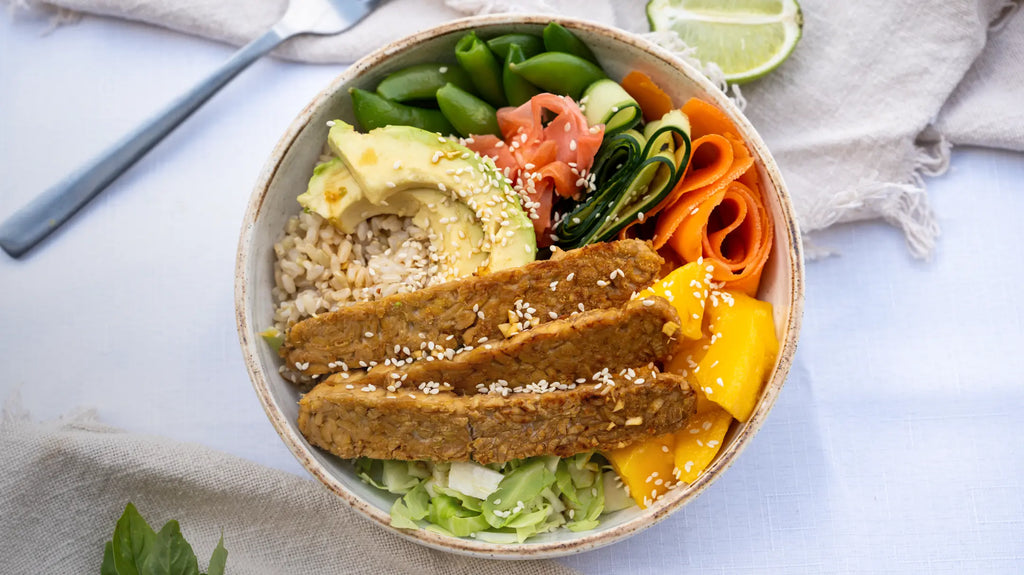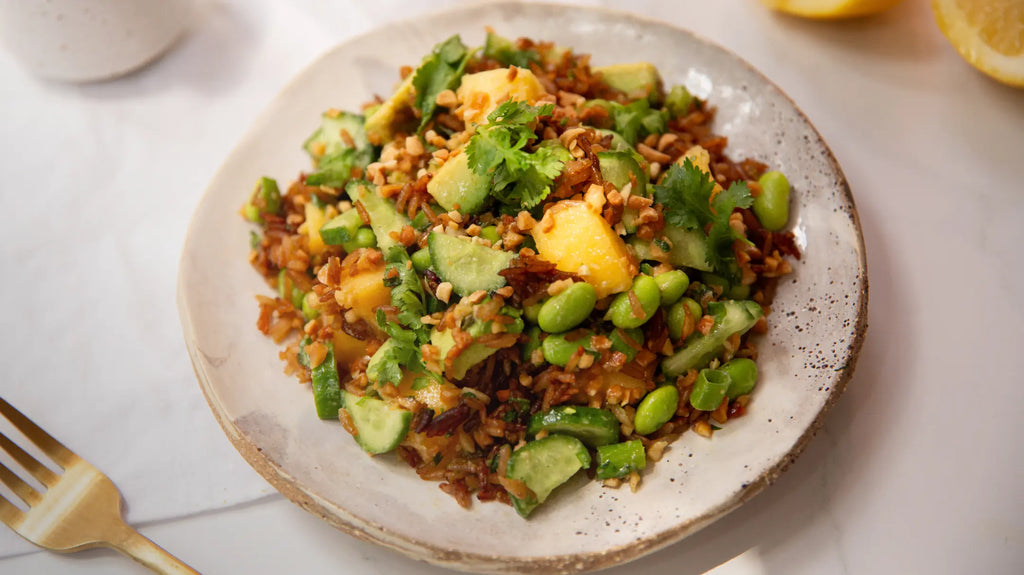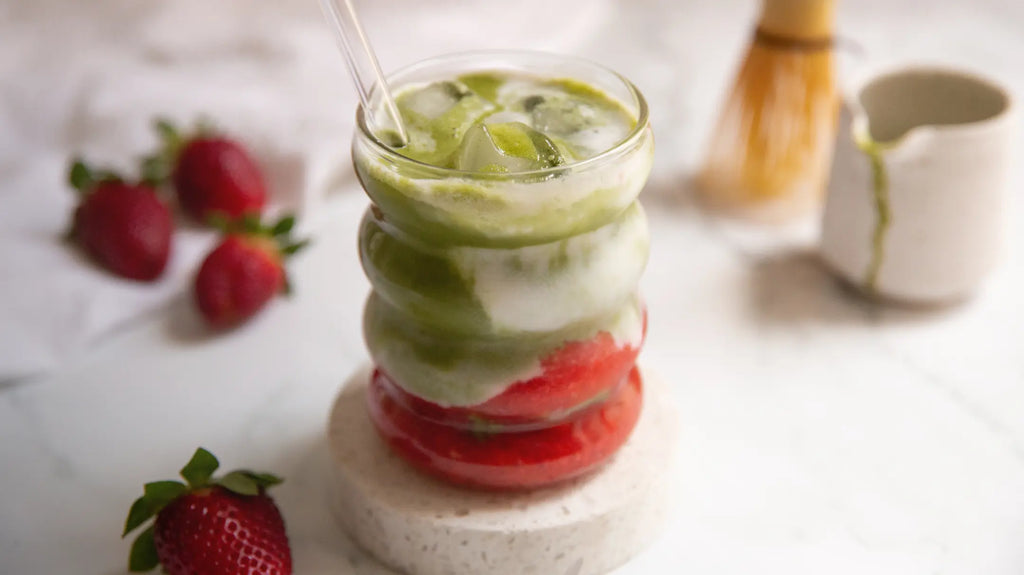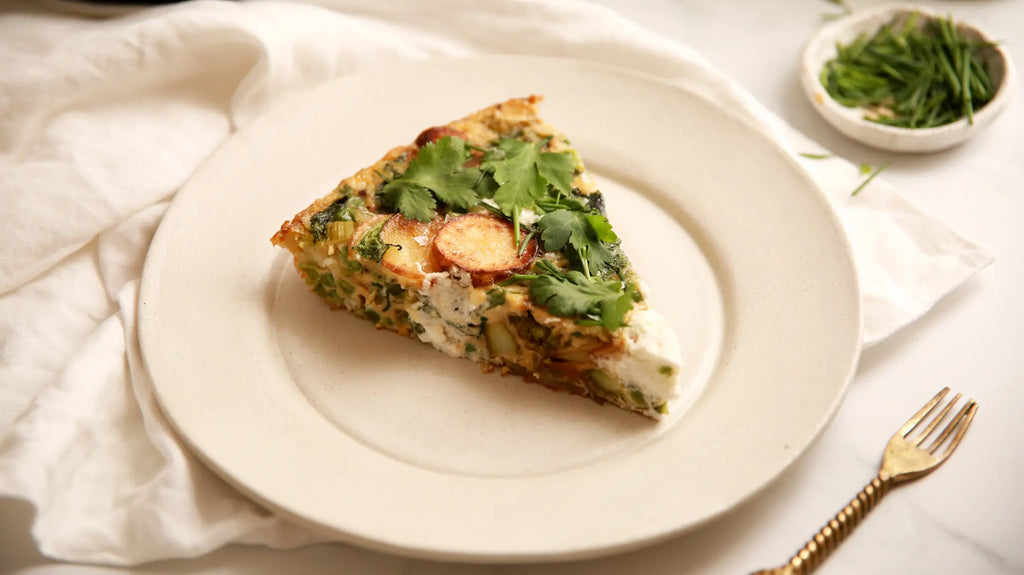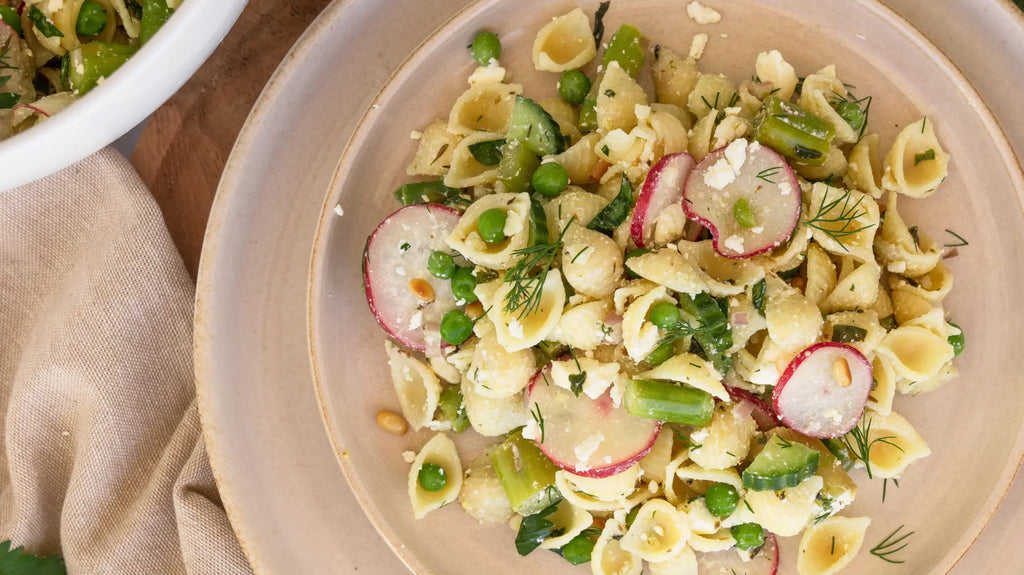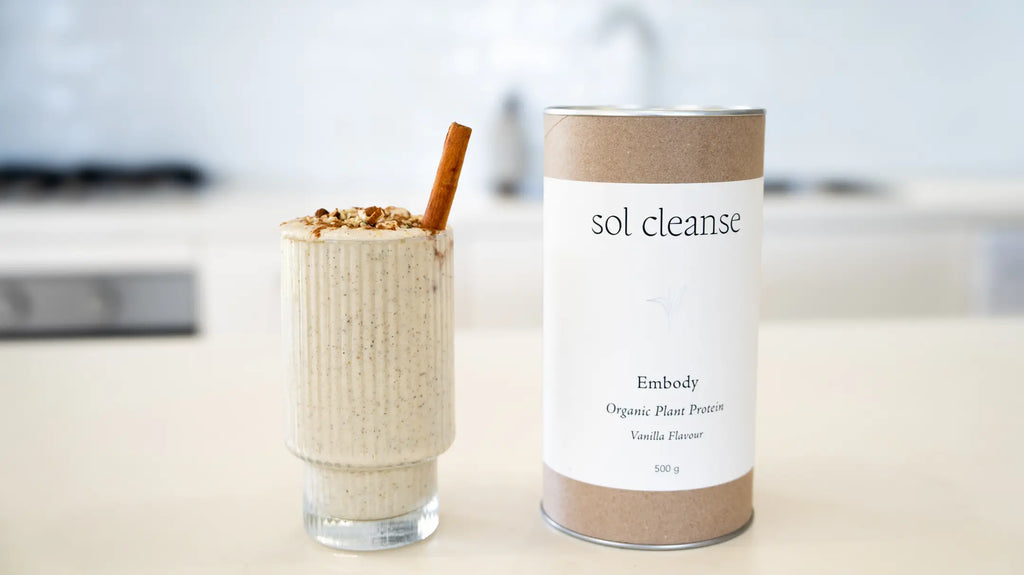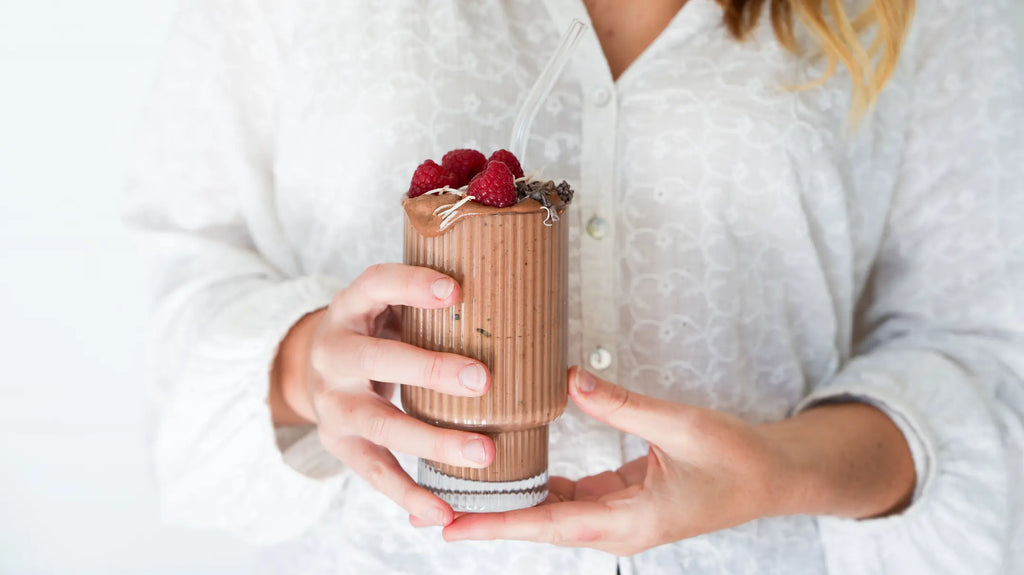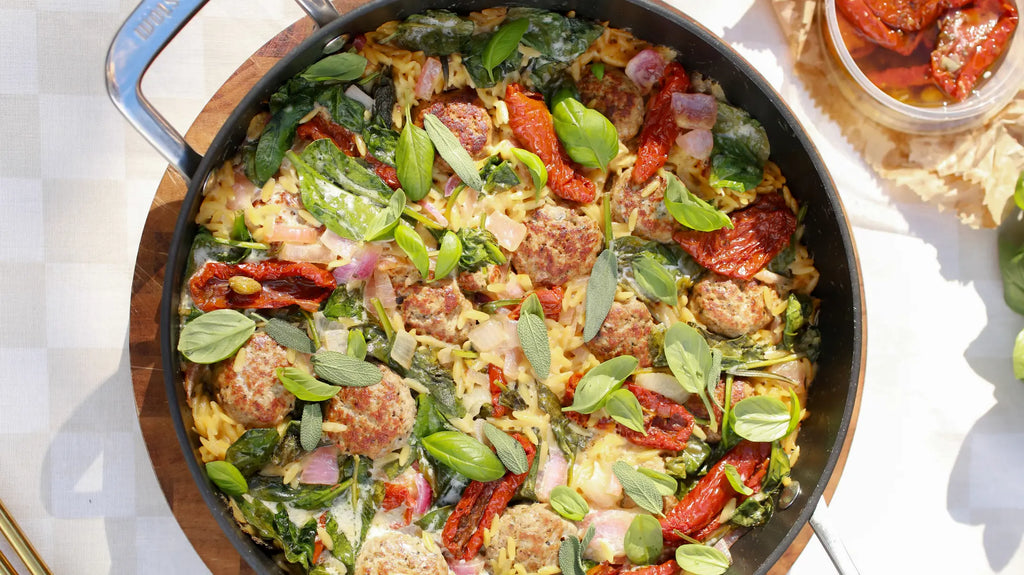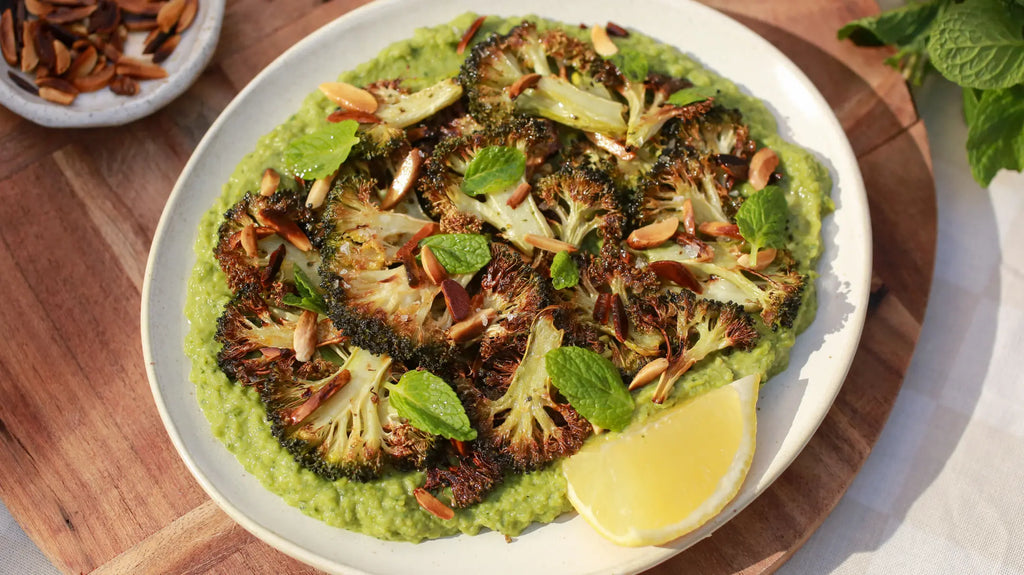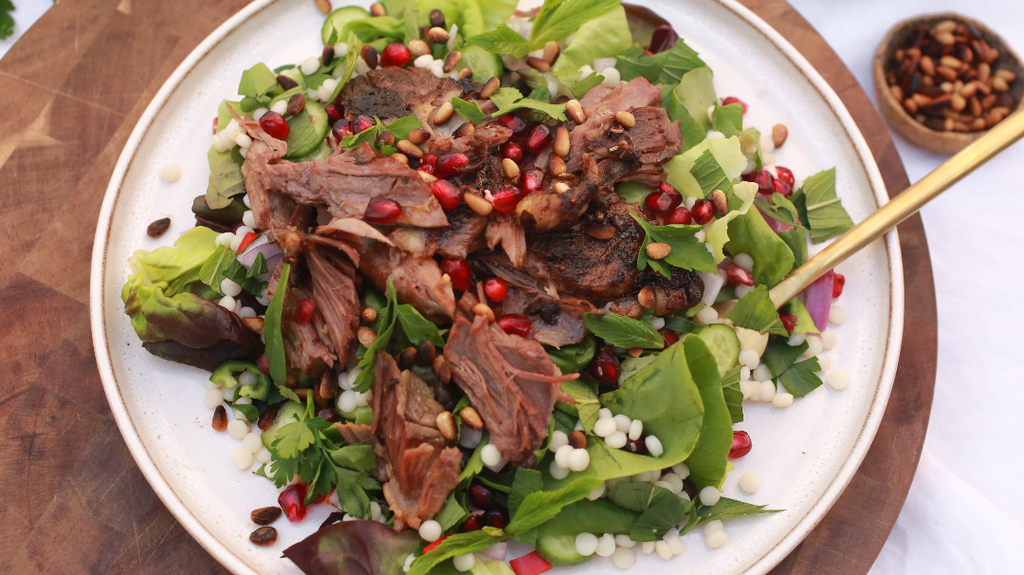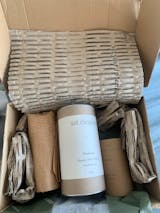I had been to Bali/ubud health retreat for two weeks. I had no healthy foods prepped for home so I ordered a 3 day detox so I didn’t need to rush to the shops after a two week break. The juices were beautiful and thoroughly enjoyed!
Best tasting and satisfying smoothie I can tolerate as I have gastrointestinal issues and this is my life saver. Thank you 😊❤️
I just bought the Organic Matcha and the Vanilla Protein Powder and I absolutely love them. They have quickly become highlights of my day.
The matcha itself is stunning. The colour is an incredibly vibrant, bright green that you know was made with care and quality in mind. It tastes bright and beautifully flavourful. The vanilla protein powder is just as wonderful; the flavour is perfect and it blends so well.
This past year has been one of the hardest of my life. I’ve been dealing with a lot, specifically health challenges like CIN 3, high-risk HPV, and severe hormone imbalances that have caused me to miss periods for three months. I have really needed something positive to focus on. My main goal lately has been to nourish my body with real kindness, not stress it out even more.
Finding Sol Cleanse was an answer to that search. I saw your focus on supporting health, hormones, and the immune system, and it just clicked for me.
Making my morning drink with these powders is now my favourite little ritual. It is a moment of self-care I look forward to. The calm energy I get from the matcha and the feeling of truly supporting my body means so much more than just a healthy drink right now.
Thank you for creating products that are pure and full of integrity. They are truly helping me through this time. I am so grateful and highly recommend them to anyone.

